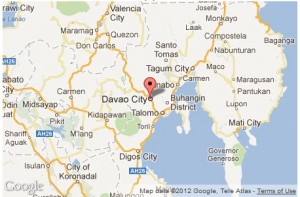
The NSO said the spike in the city’s population from 1.36 million in 2007 – a growth rate of 2.17 percent over a three year period – was mainly due to the influx of people from other parts of the country.
“The increase in population was the result of migration, among others, of people from other regions because Davao City offers many opportunities as a hub of government, business, and industries,” Ma. Leah Magracia, regional statistician of NSO in Southern Mindanao, told reporters here last week.
Nonetheless, Magracia said, the city’s population growth was relatively lower compared with those of other places in Southern Mindanao, such as Davao del Norte, which posted the highest population growth rate of 4.07 percent to 945,764 in 2010 from 743,811 in 2007,
But it has a high population density of 593 persons per square kilometer. The city has a total land area of 2,443.6 square kilometers.
Despite the slowing down of its economy last year due to problems confronting the manufacturing and mining sectors, Davao City remains a magnet for people seeking jobs from other areas, the National Economic Development Authority said.
At least 200 of the country’s top companies operate in the city.
The city’s working population (age bracket 18-64) was at 635,412, an employment rate of 93.9 percent.
Maria Lourdes Lim, Neda Southern Mindanao director, said the city’s economy is driven mainly by the services sector, which was expected “to continue its robust performance.”